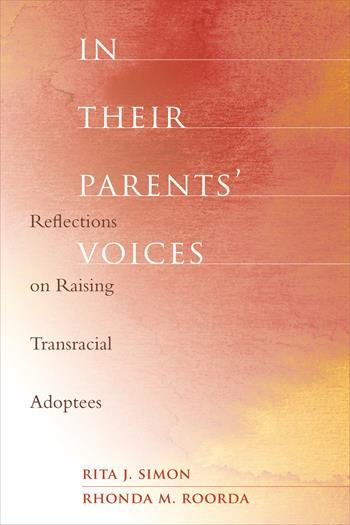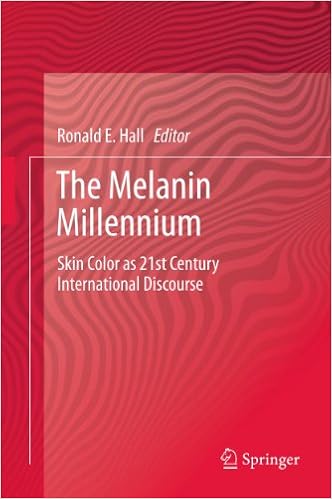In Their Parents’ Voices: Reflections on Raising Transracial AdopteesPosted in Books, Family/Parenting, Media Archive, Monographs, Social Work, United States on 2013-03-24 02:09Z by Steven |
In Their Parents’ Voices: Reflections on Raising Transracial Adoptees
Columbia University Press
October 2007
240 pages
Cloth ISBN: 978-0-231-14136-9
Paper ISBN: 978-0-231-14137-6
Rita J. Simon, University Professor Emerita
Department of Justice, Law and Society
American University, Washington, D.C.
Rhonda M. Roorda
Rita J. Simon and Rhonda M. Roorda’s In Their Own Voices: Transracial Adoptees Tell Their Stories shared the experiences of twenty-four black and biracial children who had been adopted into white families in the late 1960s and 70s. The book has since become a standard resource for families and practitioners, and now, in this sequel, we hear from the parents of these remarkable families and learn what it was like for them to raise children across racial and cultural lines.
These candid interviews shed light on the issues these parents encountered, what part race played during thirty plus years of parenting, what they learned about themselves, and whether they would recommend transracial adoption to others. Combining trenchant historical and political data with absorbing firsthand accounts, Simon and Roorda once more bring an academic and human dimension to the literature on transracial adoption.


